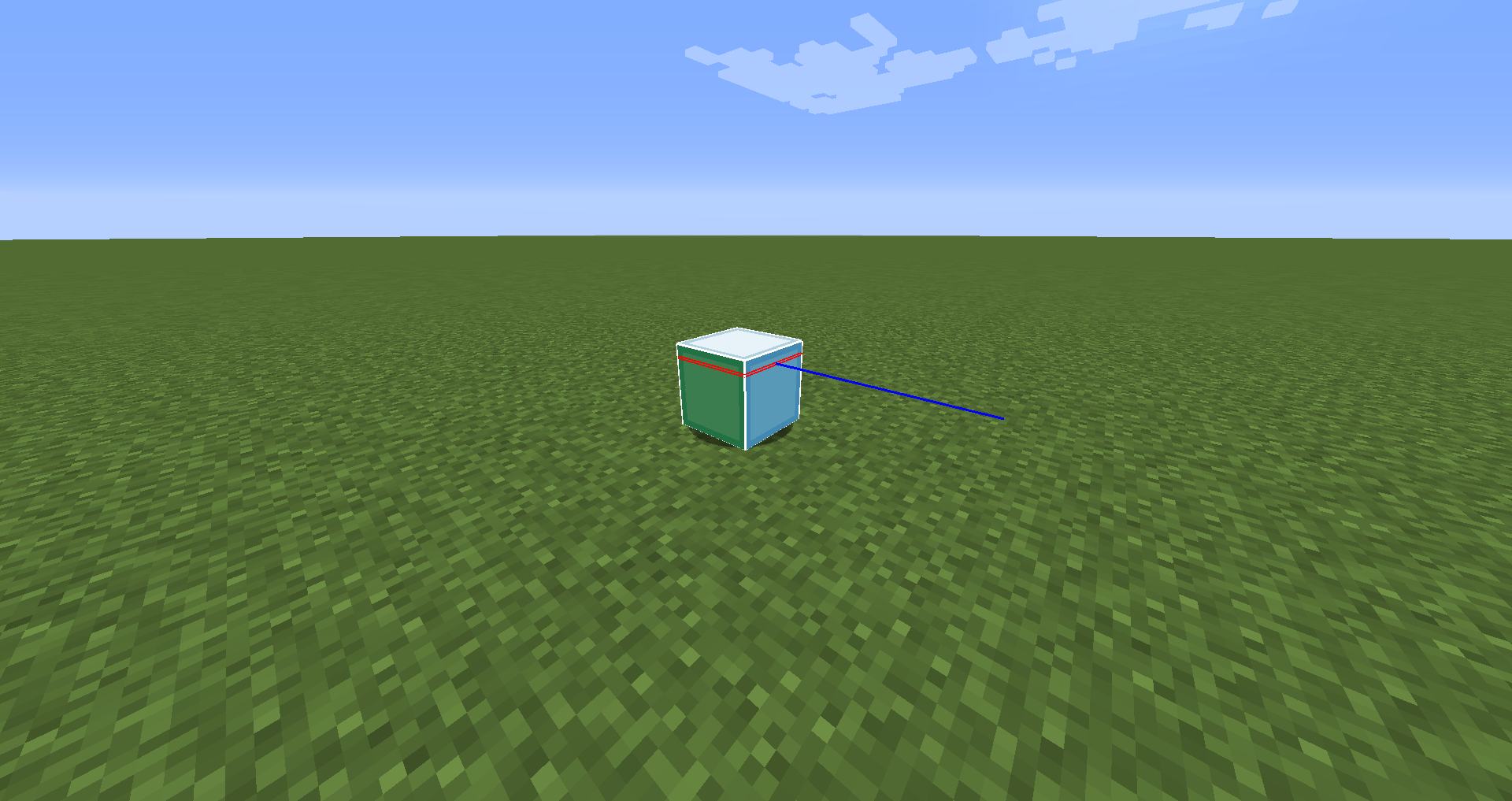Table of Contents
Creating an Entity
The source code for this project can be found here.
Entities are a movable object in a world with logic attached to them. A few examples include:
- Minecarts
- Arrows
- Boats
Living Entities are Entities that have health and can deal damage. There are various classes that branch off `LivingEntity` for different purposes, including:
HostileEntityfor Zombies, Creepers and SkeletonsAnimalEntityfor Sheep, Cows and PigsWaterCreatureEntityfor things that swimFishEntityfor fishies (use instead ofWaterCreatureEntityfor schooling behavior)
What you extend depends on what your needs and goals are.
As you get further down the chain, the entity logic becomes more specific and curated to certain tasks.
The two generic entity classes that come after LivingEntity are:
MobEntityPathAwareEntity
MobEntity has AI logic and movement controls. PathAwareEntity provides extra capabilities
for pathfinding favor, and various AI tasks require this to operate.
In this tutorial, we will look at creating a cube entity that extends PathAwareEntity.
This entity will have a model & texture. Movement and mechanics will be covered in a future tutorial.
Creating & Registering an Entity
Create a class that extends PathAwareEntity. This class serves as the brains and main hub for our custom entity.
You can register this entity under the ENTITY_TYPE registry category.
Fabric provides a FabricEntityTypeBuilder class, which is an extension of the vanilla EntityType.Builder class.
The Fabric builder class provides extra methods for configuring your entities' tracking values.
Entities need Attributes, and a Renderer to function.
Registering Entity Attributes
Attributes define the properties of the mob: how much health does it have? How much damage does it do? Does it have any default armor points?
Most vanilla entities have a static method that returns their attributes (such as ZombieEntity#createZombieAttributes).
Our custom entity doesn't have any unique properties, for now, so we can use MobEntity#createMobAttributes.
Vanilla has a DefaultAttributeRegistry class for registering these properties.
It isn't publicly exposed or easily available, so Fabric provides a FabricDefaultAttributeRegistry class.
The registration of default attributes should occur somewhere in your mod's initialization phase:
Registering Entity Renderer
The last requirement of an entity is a Renderer. Renderers define *what* the entity looks like, generally by providing a model.
MobEntityRenderer is the best choice for MobEntities. The class has one required method override for providing a texture,
and wants 3 parameters for the super constructor:
EntityRenderDispatcherinstanceModelof our entity- shadow size of our entity as a
float
The following code showcases a simple entity renderer with a shadow size of 0.5f
and texture at resources/assets/entitytesting/textures/entity/cube/cube.png.
Note that the texture and model class will be created in the next step.
To register this renderer, use EntityRendererRegistry in a client initializer:
Creating a Model and Texture
The final step to finishing our entity is creating a model and texture. Models define the structure of the entity, while the texture provides the color.
Standard models define “parts”, or ModelPart instances at the top of the class,
initialize them in the constructor, obtain data in the getTexturedModelData method, and render them in the render method.
Note that setAngles and render are both required overrides of the EntityModel class.
After creating a part, we need to add a shape to it.
To do so, we must add a child to the root. The texture location for the new part is located in .uv,
the offset for it is located in the first 3 numbers of .cuboid, and the size is the last 3 numbers in .cuboid.
Note that the origin of a model starts at the corner, so you will need to offset the part to center it:
Our entity model now has a single cube that is 12x12x12 wide (75% of a block) centered around 0, 0, 0.
setAngles is used for animating the model, but we will keep it empty for now.
render is where we tell our cube to show up. Note that standard vanilla models appear higher
than the entity hitbox, so we translate the model down to account for this.
To complete our model, we need to add a texture file. The default texture size is 64 wide and 32 tall; you can change this by adding a return of your texturedModelData We will set it to 64×64 for our texture:
Spawning your Entity
Be sure to add your client entrypoint to fabric.mod.json. You can do this like so:
"entrypoints": {
"main": [
"mod.fabricmc.entitytesting.EntityTesting"
],
"client": [
"mod.fabricmc.entitytesting.EntityTestingClient"
]
},
You can spawn your entity by typing /summon entitytesting:cube in-game. Press f3+b to view hitboxes:

NOTE: If your entity does not extend LivingEntity you have to create your own spawn packet handler. Either do this through the networking API, or mixin to ClientPlayNetworkHandler#onEntitySpawn
Adding tasks & activities
To add activities see here.

